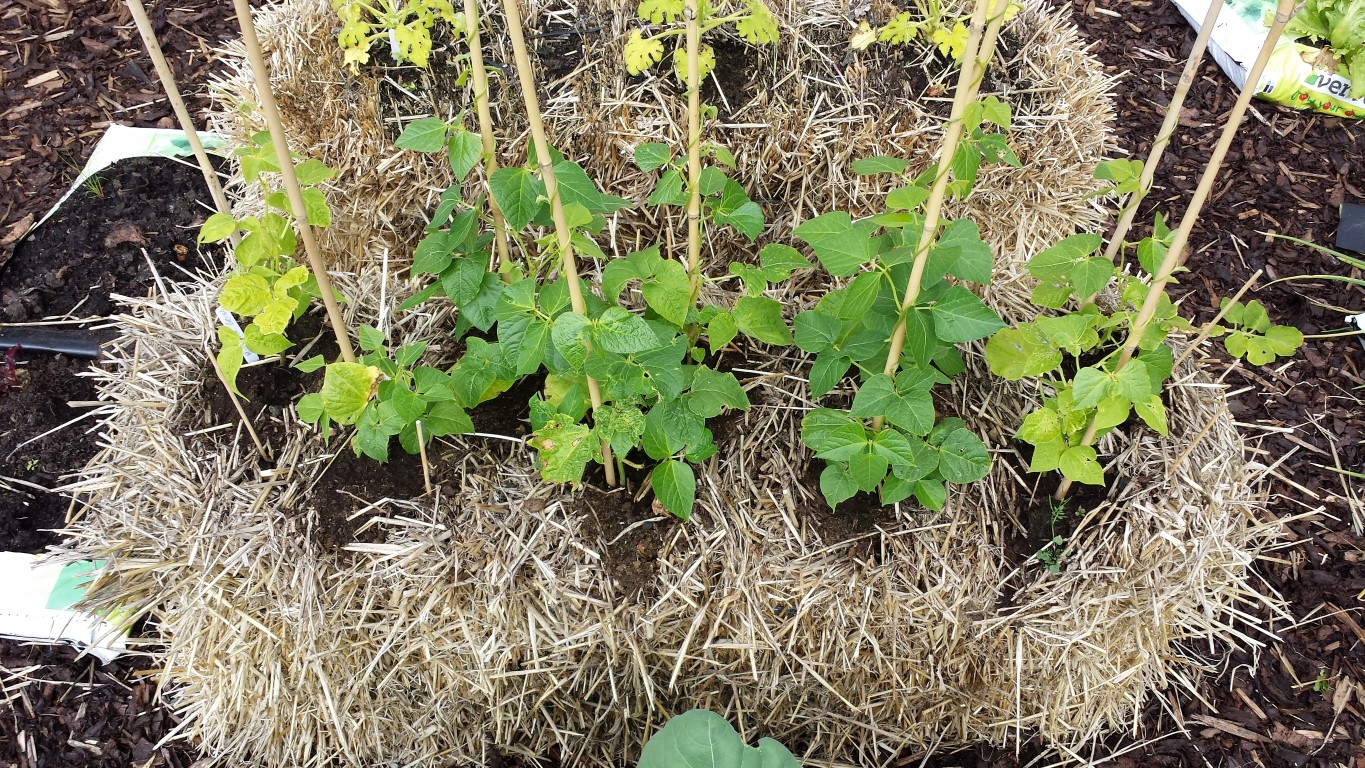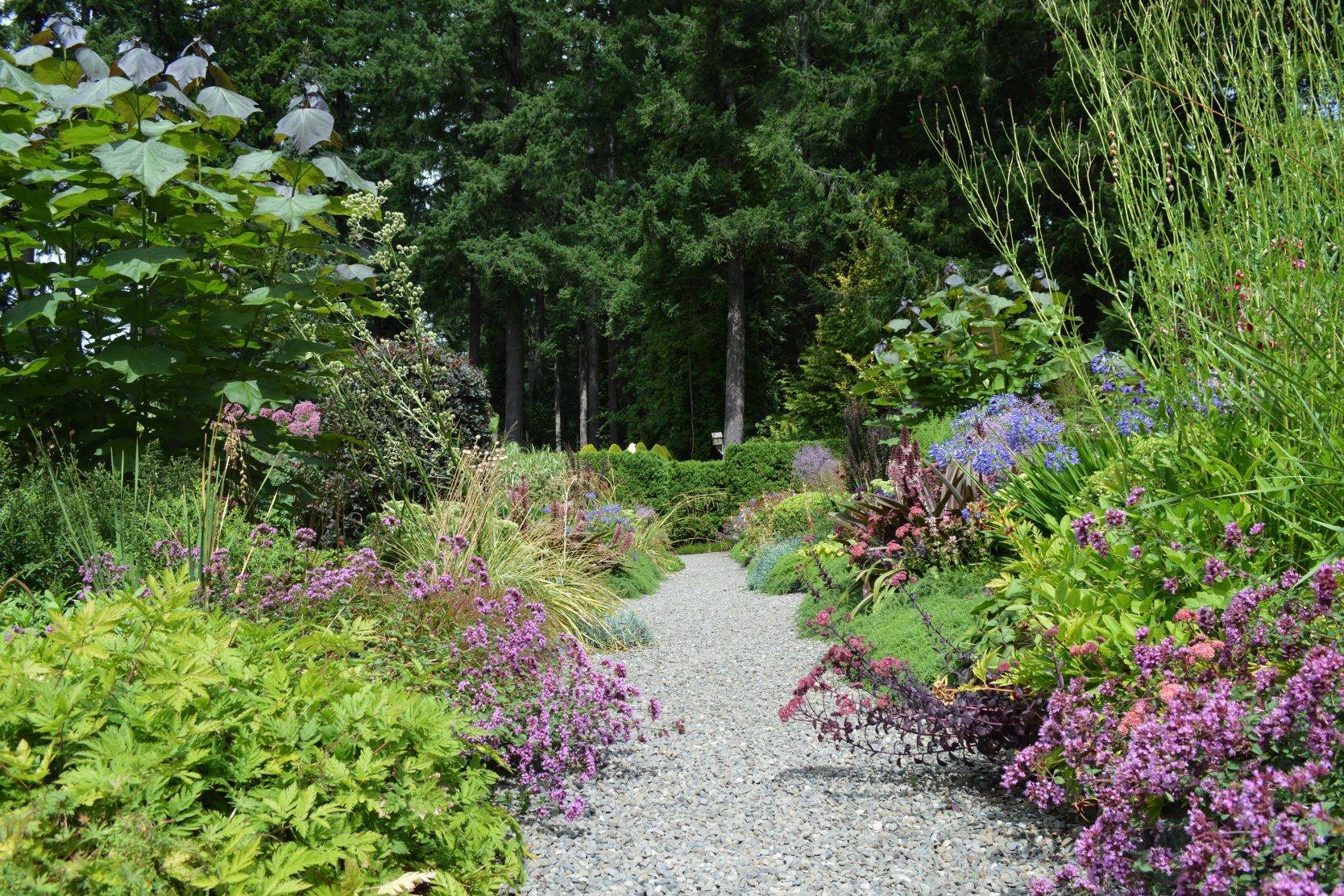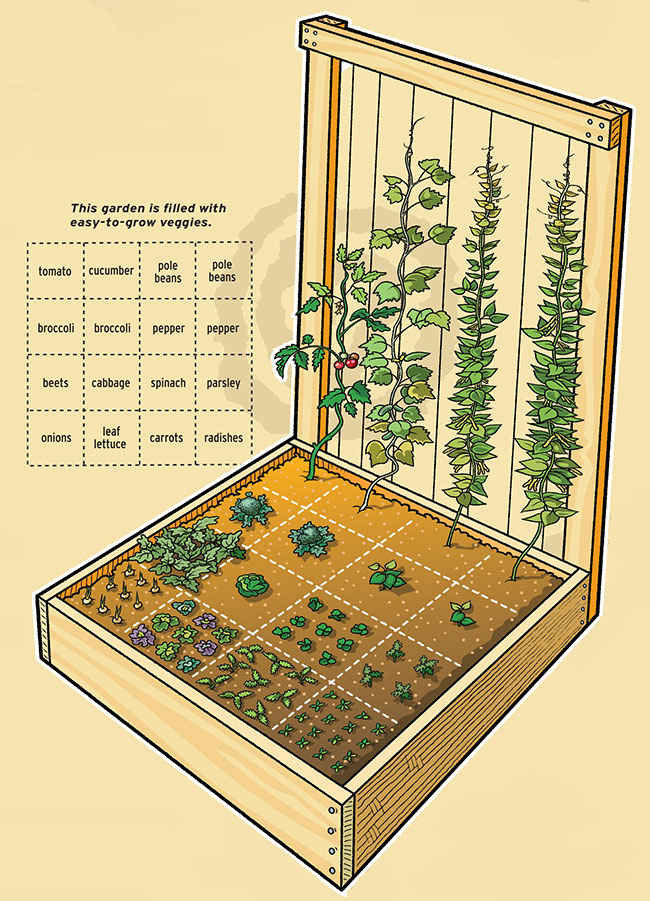How To: No-Dig Gardening in Small Spaces

Imagine transforming your tiny urban balcony or compact backyard into a thriving oasis of fresh produce and vibrant flowers. No-dig gardening methods for small spaces make this dream a reality. This innovative approach to gardening not only saves you time and effort but also promotes soil health and biodiversity. Let's dive into the world of no-dig gardening and discover how you can create a lush, compact garden that will be the envy of your neighbors.
Understanding No-Dig Gardening
No-dig gardening, also known as layered gardening, is a technique that mimics natural processes to create rich, fertile soil without the need for digging or tilling. This method involves layering organic materials directly on top of the existing soil, allowing nature to do the work of breaking down the layers into nutrient-rich compost.
Benefits of No-Dig Gardening
- Time-Saving: No more back-breaking digging or tilling.
- Soil Health: Promotes a healthy ecosystem of microorganisms and worms.
- Water Retention: Improved soil structure retains moisture better.
- Weed Control: Suppresses weed growth by smothering them with organic layers.
Getting Started with No-Dig Gardening in Small Spaces
Step 1: Choose Your Space
Whether you have a small balcony, a patio, or a tiny backyard, any space can be transformed into a no-dig garden. Consider the amount of sunlight your space receives, as this will influence what you can grow.
Step 2: Gather Your Materials
You'll need a variety of organic materials to create your no-dig garden. Here's a list to get you started:
- Cardboard or Newspaper: To suppress weeds and create a base layer.
- Compost: Rich in nutrients and essential for soil health.
- Mulch: Such as straw, wood chips, or leaves to retain moisture and add organic matter.
- Topsoil: To provide a growing medium for your plants.
Step 3: Prepare Your Layers
Base Layer: Lay down a thick layer of cardboard or newspaper to smother any existing weeds. Make sure to overlap the edges to prevent weeds from poking through.
Compost Layer: Spread a generous layer of compost over the cardboard. This will provide the nutrients your plants need to thrive.
Mulch Layer: Add a layer of mulch to retain moisture and continue the decomposition process.
Topsoil Layer: Finally, add a layer of topsoil to provide a growing medium for your plants.

Designing Your Small Garden
Raised Beds
Raised beds are an excellent option for small spaces. They provide a controlled environment for your plants and can be easily managed. You can build raised beds using untreated wood, bricks, or even recycled materials.
Container Gardening
If space is extremely limited, consider container gardening. Pots, planters, and even hanging baskets can be used to grow a variety of plants. Choose containers with good drainage to prevent root rot.
Vertical Gardening
Maximize your space by growing upwards. Trellises, wall-mounted planters, and hanging baskets can transform a small area into a lush, green oasis.
Maintaining Your No-Dig Garden
Watering
No-dig gardens require less watering than traditional gardens due to their excellent water retention. However, it's still important to water your plants regularly, especially during dry periods.
Mulching
Regularly top up your mulch layer to maintain soil health and suppress weeds. Organic mulches like straw, wood chips, or leaves are ideal.
Fertilizing
While no-dig gardens are naturally rich in nutrients, you may need to supplement with organic fertilizers, especially if you're growing hungry plants like tomatoes or cucumbers.

Conclusion
No-dig gardening methods for small spaces offer a sustainable and efficient way to create a thriving garden in even the tiniest of areas. By layering organic materials, you can promote soil health, suppress weeds, and grow a variety of plants with minimal effort. Whether you opt for raised beds, container gardening, or vertical gardening, the possibilities are endless. So why wait? Start your no-dig gardening journey today and transform your small space into a green oasis.
FAQs
What is the best time to start a no-dig garden?
- You can start a no-dig garden at any time of the year, but spring and fall are ideal as the weather is milder, and plants have optimal growing conditions.
Can I use any type of compost for my no-dig garden?
- Yes, you can use any type of compost, but it's best to use well-rotted compost to avoid introducing diseases or pests into your garden.
How deep should the layers be in a no-dig garden?
- The layers should be at least 6 inches deep to provide enough organic matter for decomposition and plant growth.
What are the best plants for a small no-dig garden?
- Compact vegetables like lettuce, radishes, and herbs are great for small spaces. You can also grow dwarf varieties of larger plants like tomatoes and cucumbers.
How often should I add new layers to my no-dig garden?
- You should add new layers of organic material every 6 to 12 months to maintain soil health and fertility. This will depend on the rate of decomposition and the needs of your plants.
0 Response to "How To: No-Dig Gardening in Small Spaces"
Post a Comment